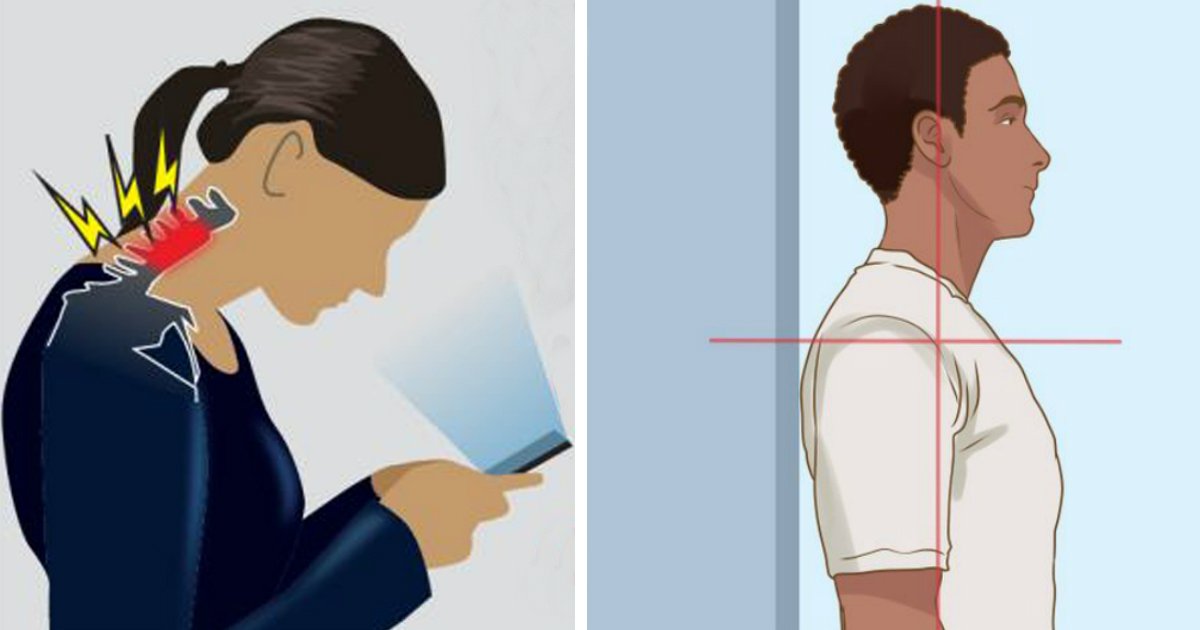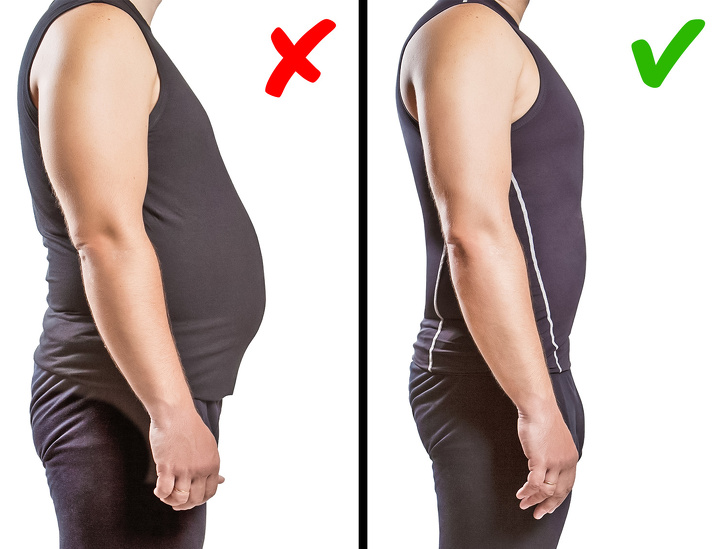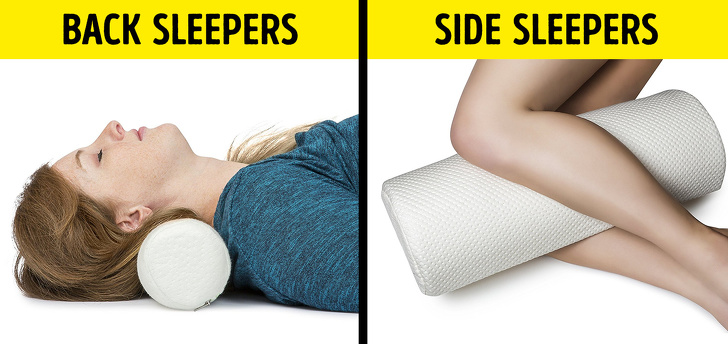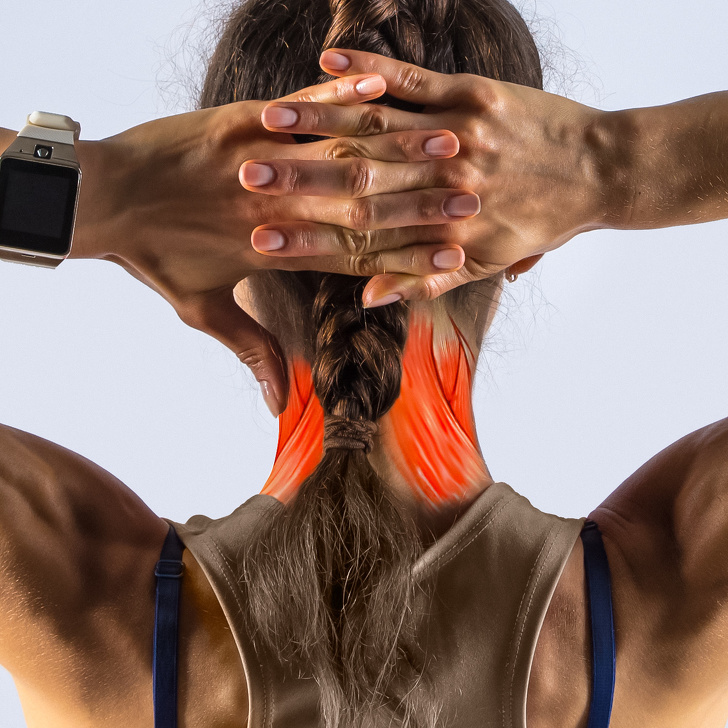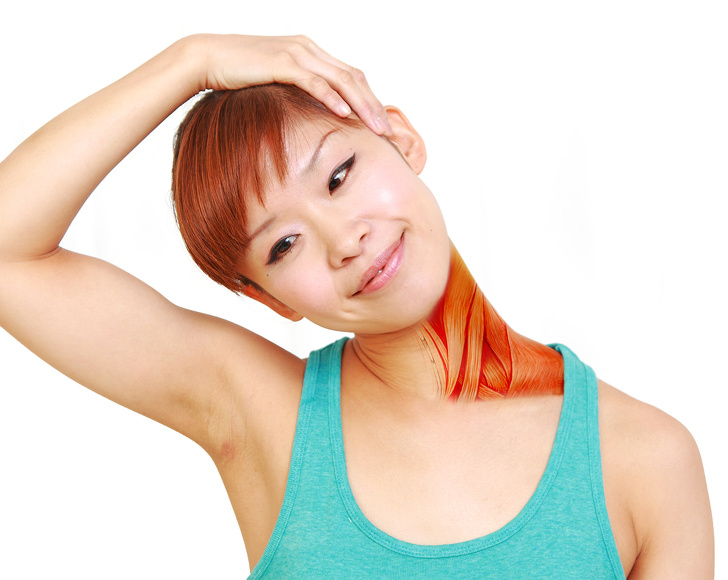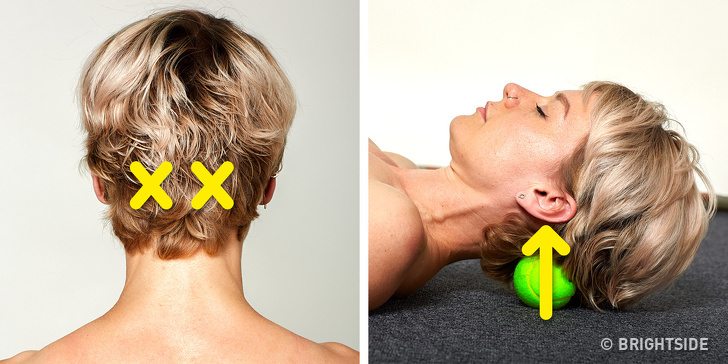Dowager’s hump, or postural kyphosis, is a condition that usually occurs due to slouching. If not treated properly, it can lead to serious consequences such as hyperkyphosis and vertebral fractures. However, if you notice a small hump at the back of your neck in time, you can get rid of it completely by correcting muscular imbalances and changing some of your daily habits.
Smalljoys gathered the most useful tips that can help you fix Dowager’s hump effectively.
7. Look at your weight.
Excess weight is one of the factors causing the formation of Dowager’s hump. It is not that the fat is choosing to go to the back of your neck, but as you put on weight overall, it can seem to be worse in this area. That’s why the first step to getting rid of neck hump should be changing your eating habits and turning to pure water instead of unhealthy beverages.
6. Control your sleeping position.
When you are sleeping, you should keep your spine in a position similar to its optimal standing posture with your shoulders low, back straight, knees relaxed, and hips aligned with the shoulders. In order to maintain this position, follow these simple suggestions:
- If you’re a back sleeper, you don’t really need anything under your head, so use only a neck pillow.
- If you’re a side sleeper, take a pillow that allows you to fill in the space between your shoulder and your neck and place another one between your knees and ankles.
5. Train your back muscles.
Experts say that exercises that strengthen the upper body, including the neck and shoulders, are an effective way to prevent and treat Dowager’s hump as they help increase muscle mass and make it easier to burn fat in this region of the body.
What to do:
- Put your hands on the back of your head and press forward, pushing your head back with your neck muscles at the same time.
- Hold the position for 5 seconds and release.
Repeat: 10 times
4. Stretch your neck muscles.
Stretching your sternocleidomastoid muscles helps eliminate poor postural tendencies that lead to Dowager’s hump by improving your muscular system.
What to do:
- Tilt your head to the right side until you feel a stretch on the left side of the neck.
- Put your right hand on you head and pull it slightly down.
- Hold the position for 30 seconds.
Repeat: 3 times on each side
3. Release your suboccipital muscles.
Suboccipital muscles are the little muscles located at the base of your neck that are responsible for pulling your head into an incorrect forward head posture. To release your muscles from that position, you should find their trigger points in the back of your head and manipulate them.
What to do:
- Place your head on a massage or tennis ball and make sure it’s pressing on the target area.
- Gently rock your head from side to side in order to feel a release in the muscles.
Duration: 1-1.5 minutes
2. Do a self-massage.
If you have Dowager’s hump, the muscles in your neck are most probably unnaturally tight. You can loosen them up by using the following technique.
What to do:
- Twist 2-3 towels or scarves together in order to make a thick braid-like band.
- Place the band behind your neck, holding one end in each hand.
- Slowly rub the band up and down your neck to ease muscle tension.
Duration: 5-7 minutes
1. Correct your posture.
Dowager’s hump is often accompanied by a forward head posture, or chicken head posture, a condition when your head protrudes forward from its normal alignment. In this case, you add about 10 extra pounds of force on your neck for every inch of protrusion. That’s why making a conscious effort to improve your posture must become your daily routine.
- To correct your walking posture, find your center by standing up straight and tall. Keep your chin parallel to the ground, your shoulders back, and your stomach in. Let your arms fall naturally at your sides. Imagine that a string is coming from the ceiling and pulling you upward as you stand tall. Visualize the string every time you need to get back into the proper position.
- To correct your sitting posture, it’s better to alter the surface you’re sitting on. You can reach the proper position by rolling up a little blanket and placing it underneath your sit bones — it will help keep your knees below your hips.


